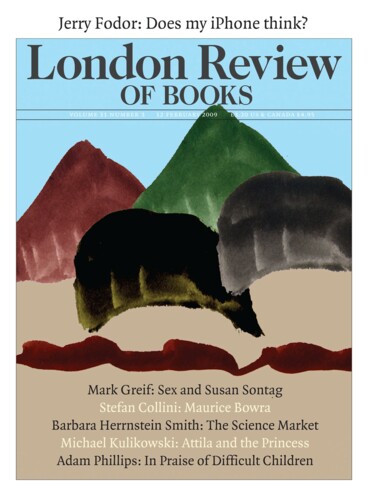Bed-Hopping and Coup-Plotting: Attila and the Princess
Michael Kulikowski, 12 February 2009
High in the Pyrenees, early in the fifth century, a knot of Roman soldiers huddled together over the saddest kind of duty. A comrade-in-arms had died young, after just two years under the standards. They buried him with the honours he deserved, in his best uniform and his shining metal belt – the cingulum that was every fighting man’s pride, the sign that he was a soldier. No headstone would mark his grave – there was no one for miles to do the carving and, besides, headstones had been falling out of fashion for centuries. Only the memory of the young soldier would remain, fixed in the minds of onlookers by the spectacle, by the precious things deposited with the body, vanishing for ever as the earth fell on it. Without a headstone, we can’t know this young soldier’s name. In that, as in the manner of his burial, he is typical of thousands of fifth-century soldiers whose graves have been excavated. Or typical save in one respect: the dead Pyrenean soldier was a monkey, an adolescent macaque from the coast of North Africa, a thousand kilometres from where he died.

